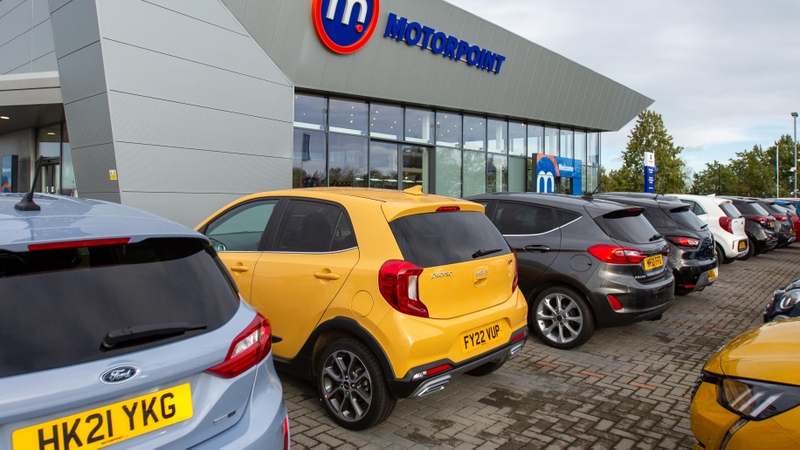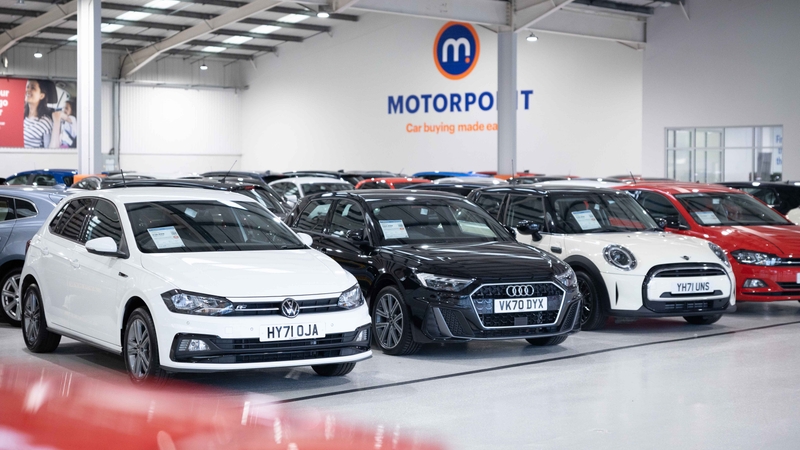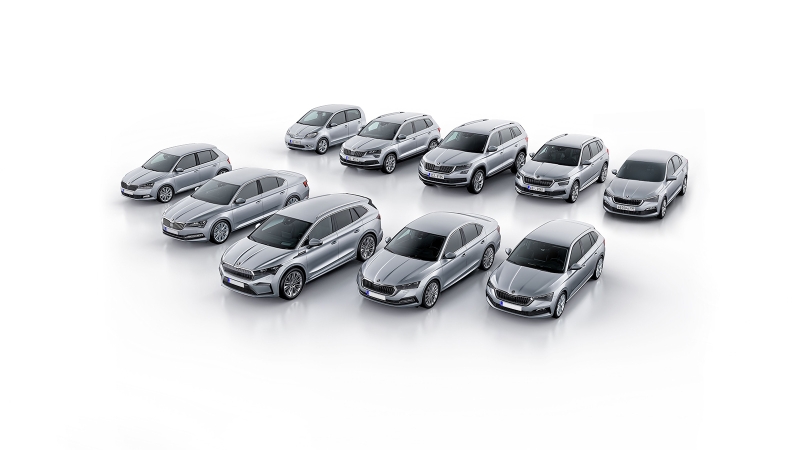
















Skoda Fabia Review

The Skoda Fabia is a top supermini choice that blends a solid, sensible driving experience with lower prices than the Volkswagen Polo it’s based on.
It’s not the most exciting car, but it’s so competent and easy to live with. Few, if any, superminis do it better.
- Still very affordable
- Perfect ‘normal’ driving experience
- Practical and thoughtful
- Not particularly exciting
- Engines strained at higher speeds
- No hybrid or EV options
Should I buy a Skoda Fabia?
We’re not sure how Skoda has been able to do it for so long. Ever since the Skoda Fabia launched in July 1999, when Ricky Martin’s Livin’ La Vida Loca was top of the charts, it’s undercut the Volkswagen Polo with which it shares so many parts. So it continues, and the latest Fabia is better than ever. It does the vast majority of what the Polo does, in most of the same comfort, for less money.
The Fabia and Polo are two of our favourite superminis, and both should be high on your shortlist if you’re in the market for a small car. What’s more, the Fabia doesn’t feel like a small car from behind the wheel – until you come to a tight car park and find that the Skoda slips into the smallest spaces without any drama.
That’s the Fabia’s thing. No drama. Whether it’s city streets, country roads or motorways that stretch to a distant horizon, the Fabia takes everything in its stride. While it’s not quite as fun as a Ford Fiesta or quite as stylish as the Peugeot 208, it promises to be a treat to live with. The sort of thing that you’ll never worry about, and won’t make your life any more hectic.
Basic Fabias offer low insurance costs and the modern essentials, while higher-spec cars add turbo power and even more creature comforts. All while costing less than many equivalent cars with similar mileage.
Interior and technology

The Fabia is an affordable car and it’s no surprise that its interior predominantly features hard, durable plastics rather than lots of plush materials. Even so, the chrome trim, floating door handles, two-spoke steering wheel and textured trim finishers make it a nice place to spend time. It’s certainly a step up from previous Fabias, and is nicer than rivals like the Dacia Sandero and Suzuki Swift.
An entry-level Fabia comes with more equipment than equivalent versions of those cars, too. Push-button start, automatic LED headlights and rear parking sensors are just some of the standard kit.
SE-spec cars come with an 8.25-inch touchscreen, while higher-spec examples feature a 9.2-inch screen that runs more modern infotainment software. Both have Apple CarPlay and Android Auto, meaning you can use a smartphone for sat nav or media playback – especially handy if you pick a Fabia without built-in sat nav.
Practicality

Skoda loves showing up other carmakers for passenger space and boot capacity – its cars are usually more practical than most direct rivals. The same is true of the Fabia and, despite only measuring 4.1 metres long, it offers nearly class-leading boot space and very generous rear-seat room.
There’s lots of space up front, as well, and good-sized storage areas. You’ll even find clips for car park tickets and a pen on the centre console! It’s clear that Skoda has really thought about how you’ll use the Fabia, with little extras like this and the way the door handles have been cut back to ensure the door bins can hold large bottles.
Engines and performance

A growing number of superminis come with electric or hybrid versions, but the Fabia sticks with tried-and-tested petrol engines. In this case it’s no bad thing – keeping the already-developed petrol engines keeps costs down, and they’ve been refined over time to be reliable and economical.
Entry-level 1.0-litre MPI versions are slow but offer the lowest possible insurance costs – you won’t mind being left behind by cars ahead when you’re saving a packet on your premiums. Above that, the 1.0 engine gains a turbocharger and either 95 or 110hp (latterly 116hp), and these TSI versions are the best choice for most buyers. At the top of the range is a 1.5-litre petrol with 150hp, but this much power isn’t necessary in the Fabia and it doesn’t transform the Skoda into a fire-breathing hot hatchback.
Driving and comfort

The turbocharged 1.0-litre engine is willing and feels powerful at low speeds, and yet it’s also quiet and doesn’t vibrate much at all. Like a lot of small engines, the Fabia’s 1.0 triple does its best work at lower speeds – it starts to run out of steam at higher speeds, although the Fabia is still more than capable of tackling long motorway drives.
The rest of the car is as quiet as the engine, and the Fabia remains comfortable over road surfaces that an alien might mistake for the surface of Mars. It rides really well for a small, relatively cheap car, putting many bigger and costlier cars to shame.








































































